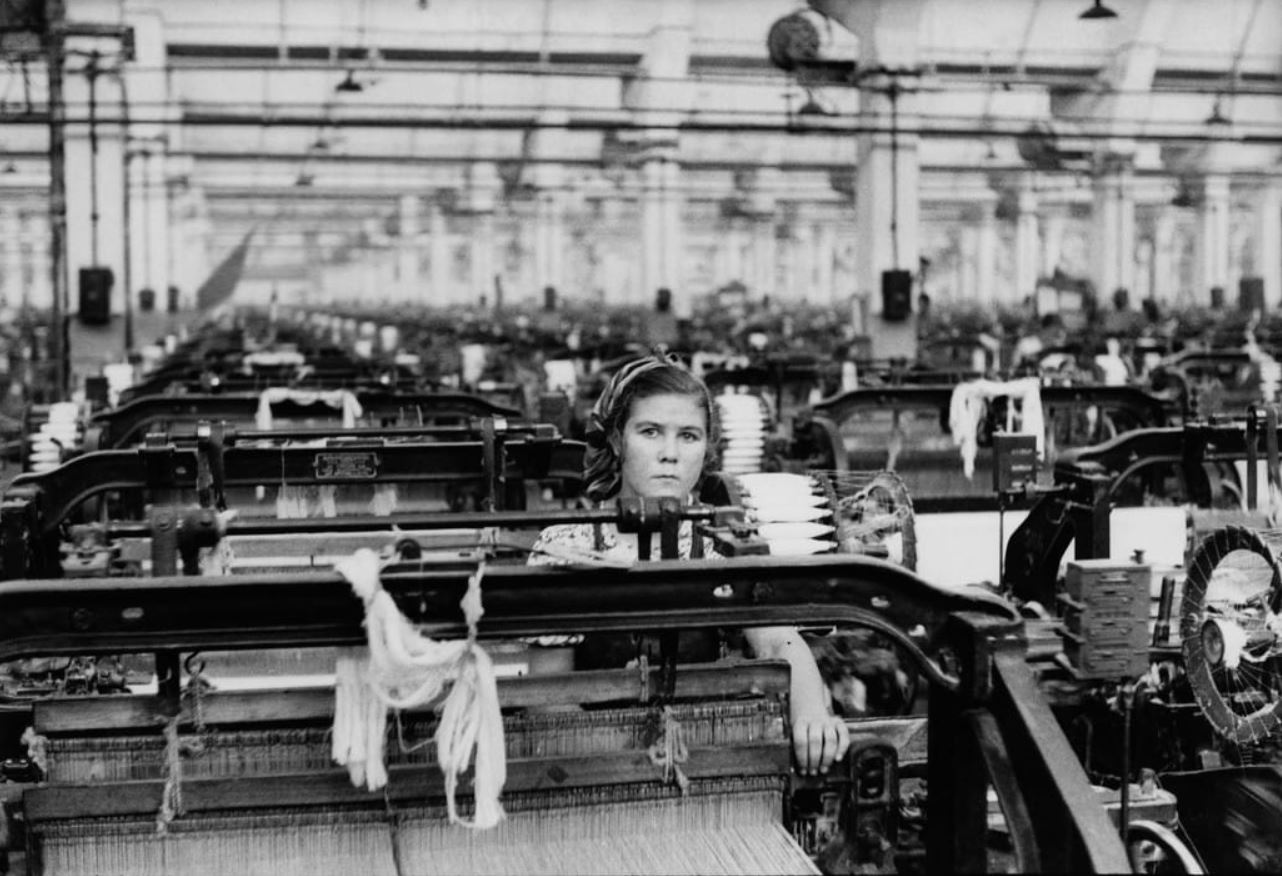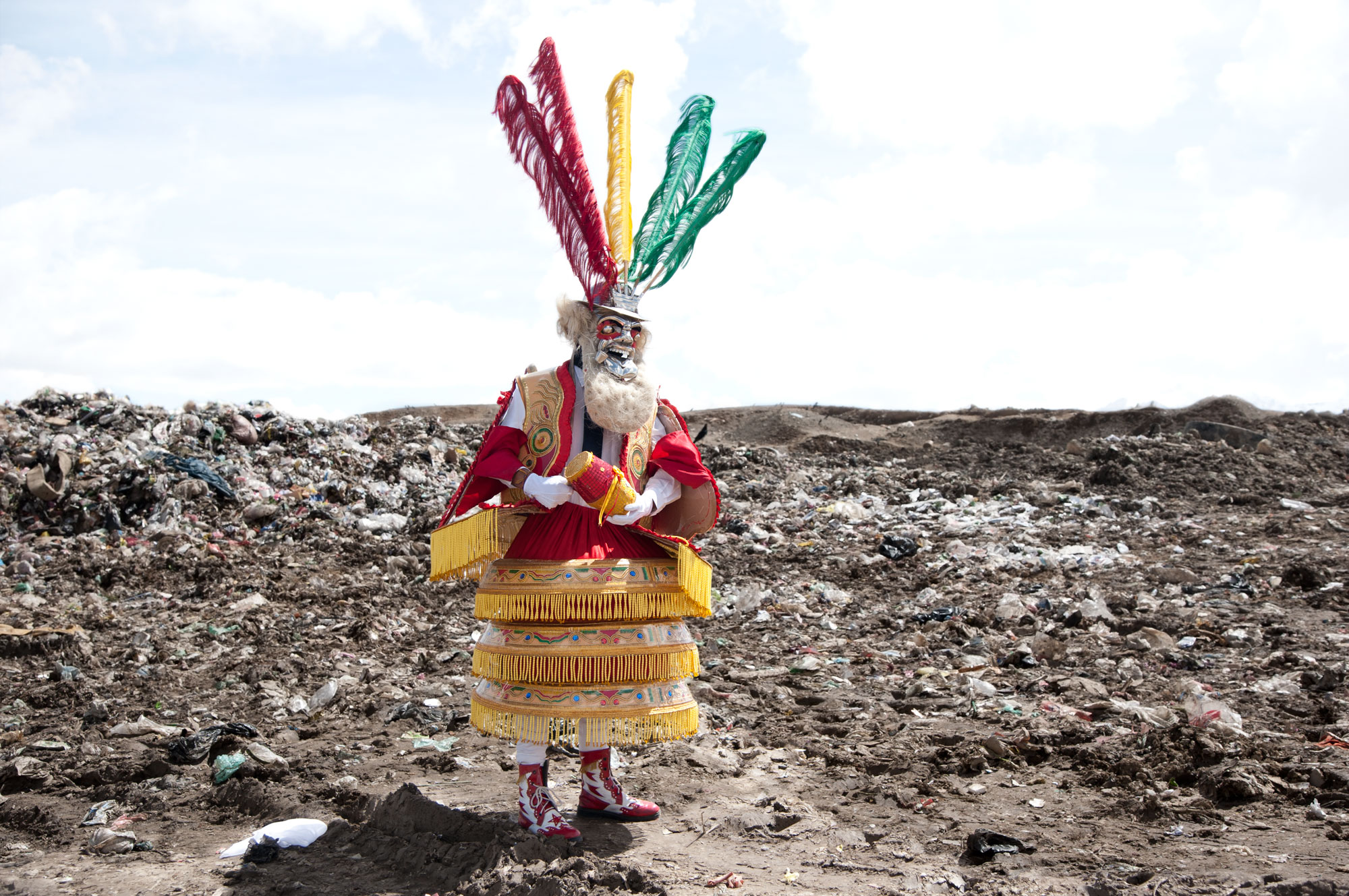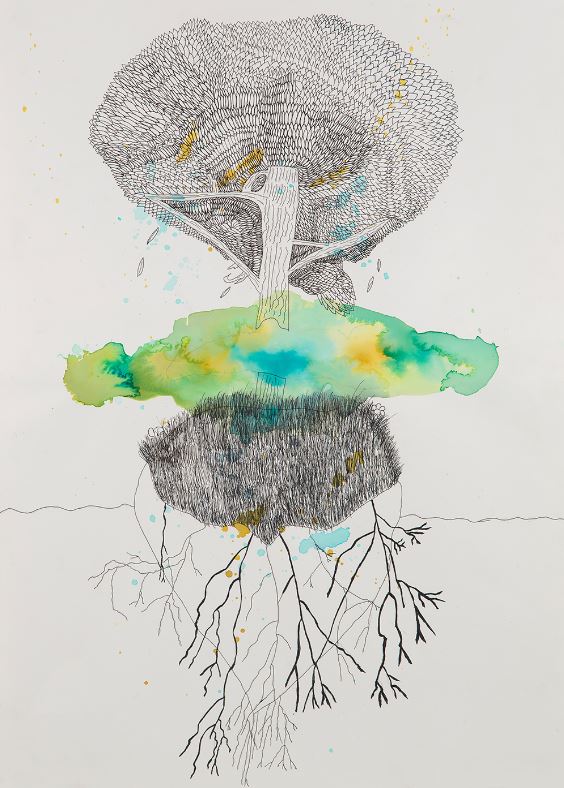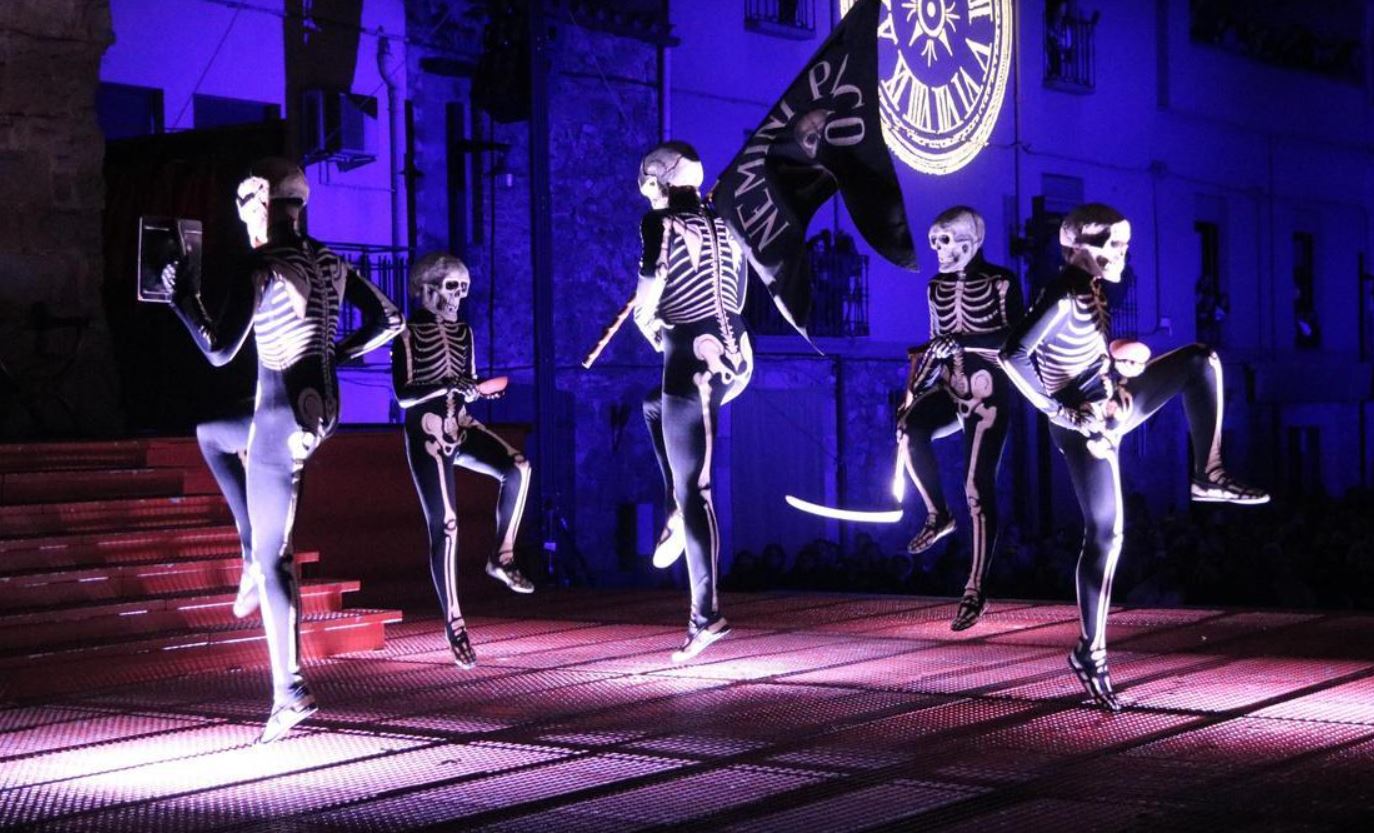Exhibitions
Henri Cartier-Bresson: the art of capturing the world
His work is a testament to his exceptional ability to observe the world with a sensitive and analytical eye.
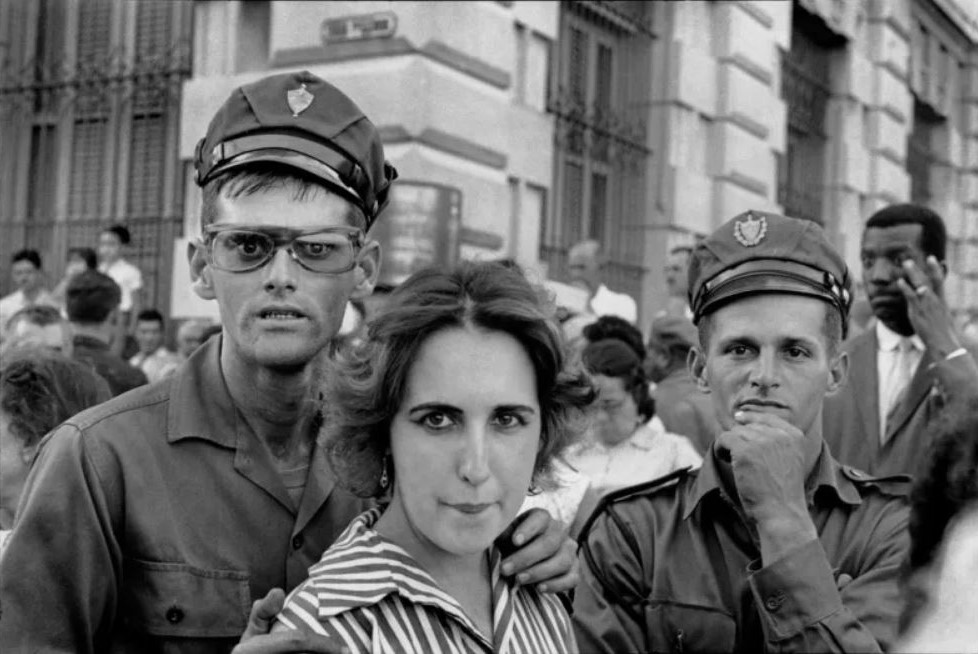
Henri Cartier-Bresson knew how to capture the invisible essence of reality and the exhibition that the Fundación MAPFRE presents at the KBr center in Barcelona immerses us in his visual universe, revealing the subtleties of one of the most important photographers of the 20th century. This exhibition, entitled 'Henri Cartier-Bresson. Watch!Watch!Watch!', not only celebrates his work, but also coincides with the twentieth anniversary of his death, an ephemeris that invites us to review the legacy of one of the great masters of the image.
The exhibition, which can be visited until January 2025, has two hundred and thirty original copies and other archival materials, and allows you to explore the many facets of an artist who defined the way we see the world. In addition, thirty explanatory texts and two films are included, showing a complete perspective of his career, organized thematically and chronologically in ten sections. From his surrealist-influenced beginnings to his final years, when his style became more introspective, the exhibition offers a comprehensive overview of his work.
The curator of the exhibition, Ulrich Pohlmann , who spent three months at the Cartier-Bresson Foundation to document himself, has played a key role in this retrospective. Pohlmann pointedly observed that Cartier-Bresson is "a photographer for photographers" and an inspiration to many contemporary artists. He has selected the most representative works from the different stages of his career, delving deeper into the photographer's archives, as well as his writings, diaries and other personal documents.
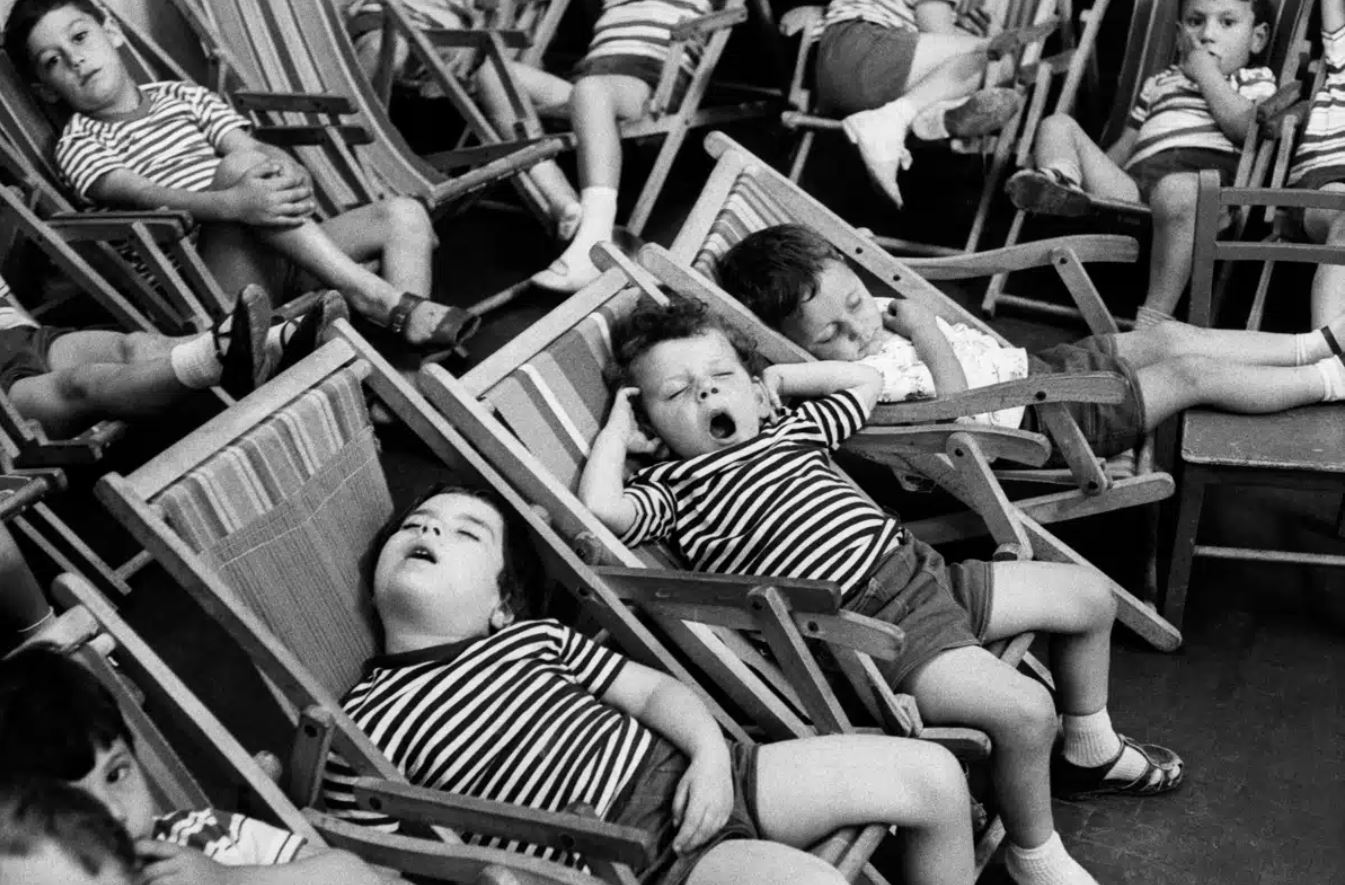
A trajectory marked by constant search
The exhibition's route begins with the first influences of Cartier-Bresson, a young photographer who began frequenting surrealist circles in Paris in the late 1920s, when he sought to capture the latent strangeness in everyday life. His first photographs show typical elements of surrealism, such as mannequins, hidden objects or sleeping people, which evoked a dreamlike and decontextualized reality. These early works reflected the photographer's obsession with geometry and composition, a trait he would never abandon.
Over time, however, Cartier-Bresson moved away from this more artistic initial phase to devote himself fully to photojournalism. This change of course was, in large part, motivated by the political and social events that shook the world in the 1930s, when he documented some of the most crucial moments of this era, including the Spanish Civil War.
The exhibition particularly highlights his time as a photojournalist, where he immortalized some of the most decisive moments of the 20th century. Cartier-Bresson was a photographic activist with a political attitude, although he did not want his photography to become a political instrument. His intention was always for his images to be documentary, with an objective approach. This part of his career was briefly interrupted by his captivity in a prison camp during World War II. However, escaping it in 1943, he quickly resumed his activity, documenting the end of the conflict and the devastation it left in Europe.
His career took a remarkable leap in 1947, when he became a founding member of the Magnum Photos agency, a collective of photographers dedicated to covering major international events with a humanist sensibility. Through this platform, Cartier-Bresson traveled to places such as India, China and the United States, where he portrayed the contrast between political tensions and the everyday experiences of ordinary people.
One of the best-known episodes is his visit to India at a key moment in its history: the country's independence and the assassination of Mahatma Gandhi. Cartier-Bresson captured both the moments of pain and the celebrations and transformations that followed in the subcontinent. Equally impressive are his photographs of China, where he witnessed the fall of the Guomindang regime and the birth of the People's Republic.
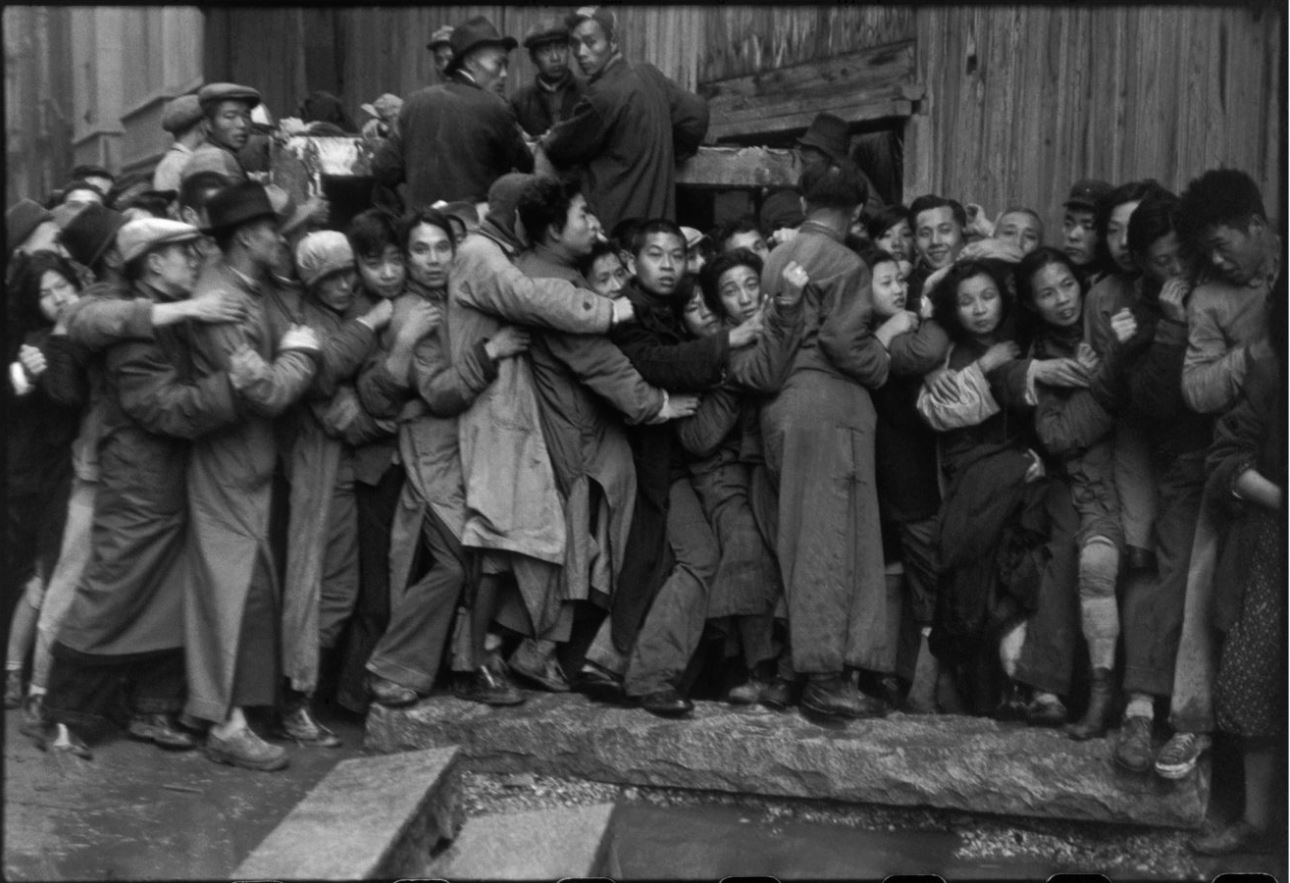
As his career progressed, Cartier-Bresson remained an exceptional witness to the most critical events of the century. In the 1950s, he was the first Western photographer to capture images of the Soviet Union after Stalin's death, offering a unique insight into life in Moscow at the height of the Cold War.
Also of great relevance are his images of East Berlin after the construction of the Berlin Wall, or his coverage of the missile crisis in Cuba, where he portrayed figures such as Fidel Castro and Che Guevara. His ability to remain aloof from events and not take sides contributed to his reputation as an objective photographer, although the humanistic sympathy he felt for social causes and people was evident in many of his works. "I have no message or mission, I have a point of view," he said on more than one occasion, and that point of view was always empathetic, observant, but never intrusive.
Apart from the great historical events, Cartier-Bresson was always fascinated by urban life and the small daily rituals of people. This part of his work is particularly evident in the exhibition, where you can see some of his most iconic photographs of cities such as New York, Paris or London. His portraits of anonymous passers-by in the middle of big cities show the contrast between the individual and the architectural environment, capturing moments of solitude or strangeness in the daily monotony.
One of his most notable works in this area was the reportage 'America in Passing', where he portrayed the post-war United States with a critical but understanding eye, focusing on racial segregation and the social struggles of African Americans.
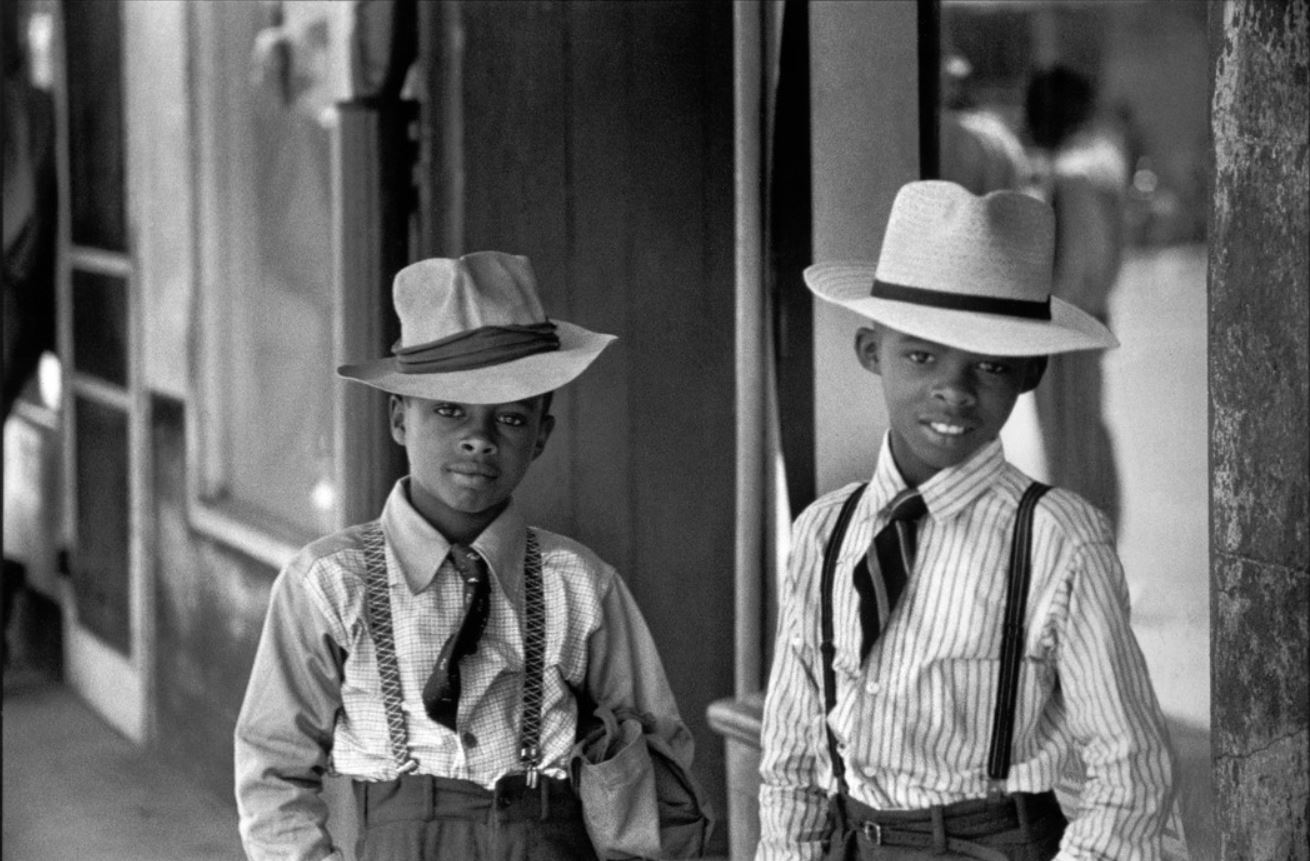
The relationship between man and machine
From the 1950s, Cartier-Bresson became interested in the relationship between the human being and the machine. His photographs of factories and industrial workers show how the machine, far from being a simple element of production, had completely transformed modern life. But, unlike many of his contemporaries, he did not criticize or idealize these transformations, but merely showed this relationship as an inevitable symbiosis.
Cartier-Bresson's images of industrial work contrast with his photographs of leisure activities. For example, in the series commissioned by Vogue, he visited the English holiday town of Blackpool where, acting more like an ethologist, he observed human activities, from the strangest to the most absurd.
The journey through the exhibition concludes with the last years of his career, when Cartier-Bresson moved away from photojournalism to concentrate on more intimate and introspective portraits. In this final stage, his work acquired an even greater serenity and depth. His portraits of artists, writers and personalities of his time go beyond simple physical representation, capturing the personality and inner life of his models.
An important part of Cartier-Bresson's legacy is his insistence on the authorship and authenticity of his work. He did not want any editing work done on his photographs, nor any distortion of his gaze, which underlines the value of his personal vision as a photographer. This exhibition is a testament to this vision and its indisputable place in the history of world photography.
